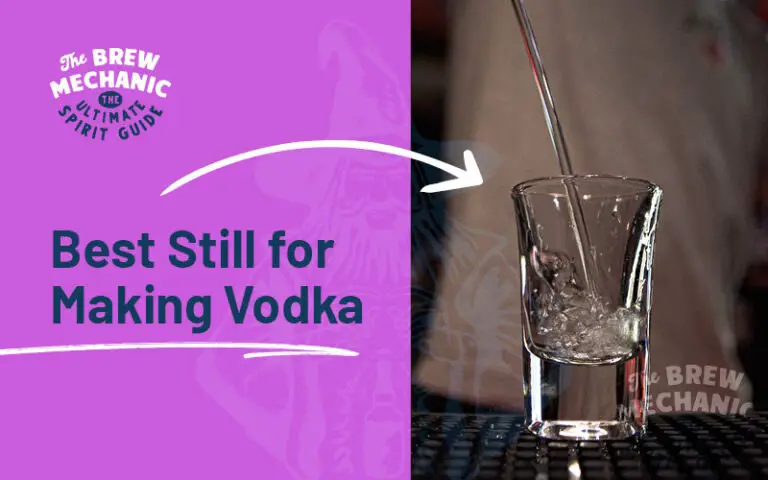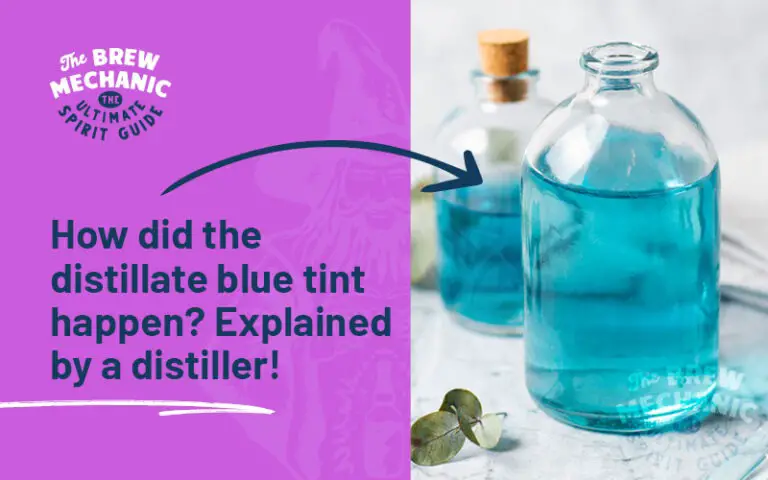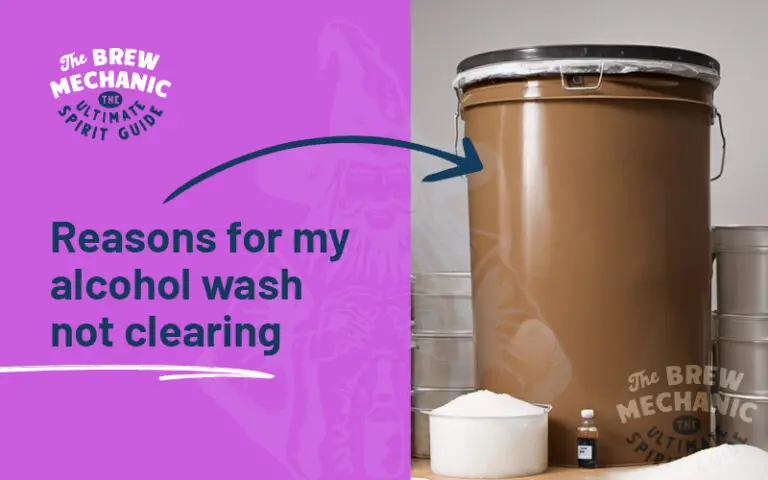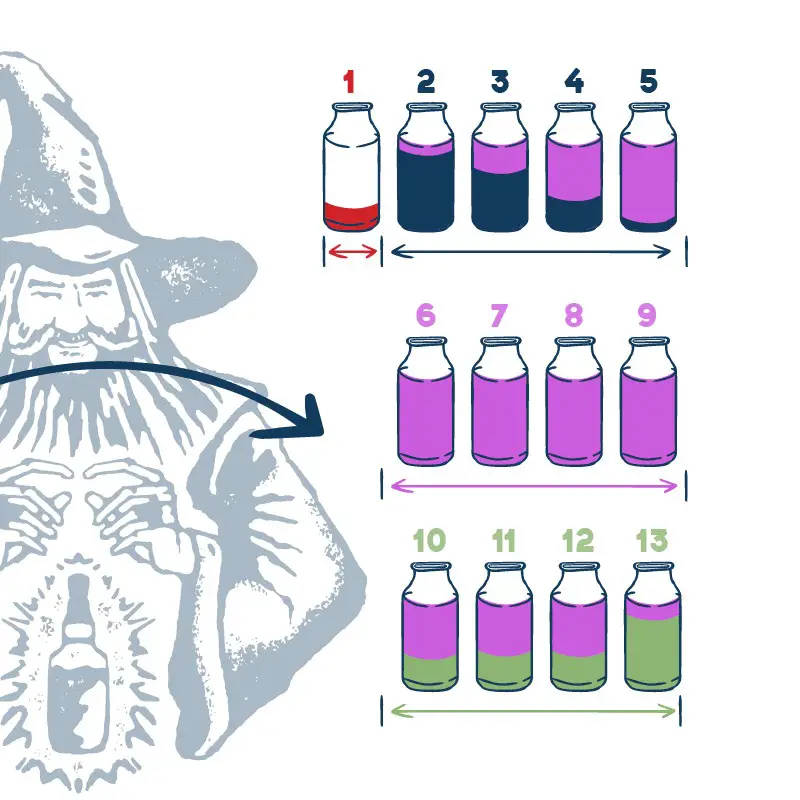What are the Stressed Yeast Off Flavours?

Disclaimer: This post might include affiliate links, through which I may earn a small commission without any extra cost to you. Additionally, I am an Amazon Associate and earn from eligible purchases. All the products and services I suggest are ones I have personally used or would use. Thank you very much for your support if you decide to buy through any of my links!
Come join the Distilling Squad!
Get the best fundamental tips & tricks here. Woohoo!
Yeast plays a crucial role in fermentation, converting sugars into alcohol and creating the desired flavours in your final product. However, when yeast experiences stress during fermentation, it can produce undesirable off flavours that negatively impact the taste and aroma of your spirits. As a brewer let’s understand how stressed yeast off flavours are created, exploring their common culprits, identification methods, and prevention strategies.
Understanding Stressed Yeast:
Before discussing the off flavours, it’s essential to understand what stresses yeast. Several factors can contribute to yeast stress, including:
| Baker’s Dried active yeast – alcohol content (10% to 13%) | 25 to 30°C (77 to 86°F) |
| Distiller’s yeast – alcohol content (10% to 13%) | 20 to 34°C (68 to 95°F) |
| Turbo Yeast variants – alcohol content (15% to 20%) | can start as high as 40°C (104°F), read the instructions as they are different |
Identifying Stressed Yeast Off Flavours:
Several tell-tale signs can indicate the presence of stressed yeast off flavours in your spirits:
Preventing Stressed Yeast Off Flavours:
Fortunately, several strategies can help prevent stressed yeast off flavours in your spirits:
By implementing these strategies and understanding the factors that contribute to stressed yeast, you can minimize the risk of off flavours and produce clean, flavourful spirits. Remember, healthy and happy yeast is the key to delicious, high-quality homemade spirits.
Additional tips:
By following these brew tips and understanding the impact of stressed yeast off flavours on your spirits, you can confidently embark on your home distillation journey and create delightful, flavourful spirits that rival those found on store shelves. We hope you enjoy your homebrew and the whole brewing process as there lots to learn but at the end of the day, it is fun to do.
Last Updated on Jan 1, 2023 by The Brew Mechanic
Disclosure: I may receive affiliate compensation for some of the links below at no cost to you if you decide to purchase a product or service. You can read our affiliate disclosure in our privacy policy. The information provided is for entertainment only.

With 35 years of knowledge of being a chemical engineer in alcohol manufacturing plants, my mission is to teach the next generation of home distilling alcohol brewers at a supernatural speed.
My reviews are based on real-life experiences with reflux stills, sugar wash, troubleshooting and mystical chemical reactions.







